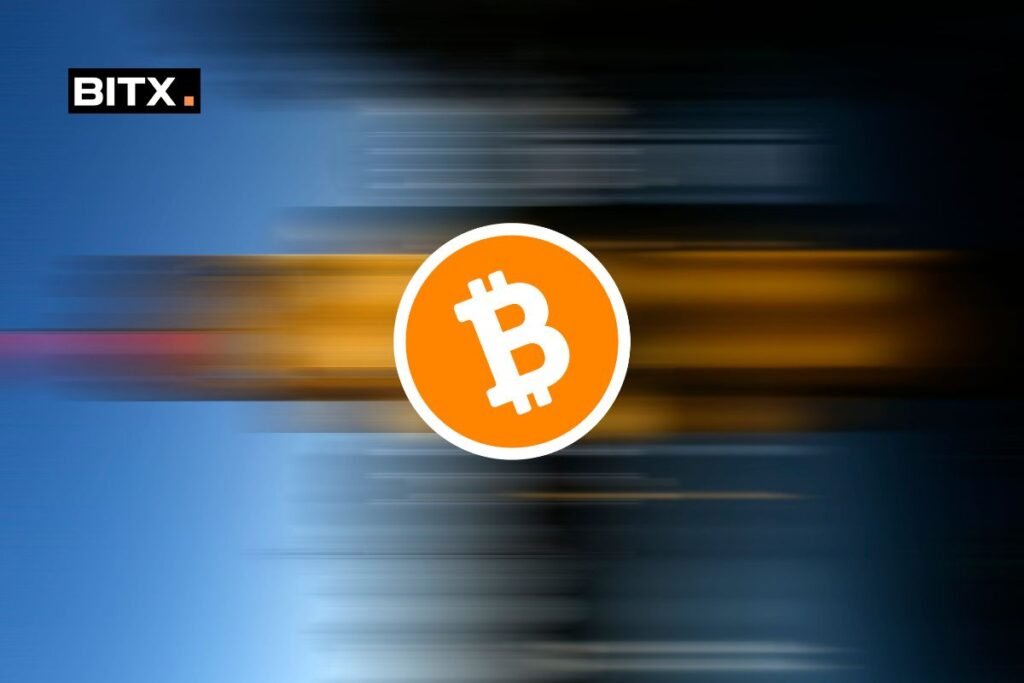Introduction
In the world of digital currency, Bitcoin stands out as a prime innovator and leader. But what lies beneath Bitcoin’s sleek, digital façade? Diving deep into the inner workings of the Bitcoin network, we find two core processes that are essential to its operation: transaction processing and mining.
Transaction Processing
Transaction processing in the Bitcoin network is about moving digital coins from one party to another. This process begins when a user initiates a transaction using a Bitcoin wallet. The transaction is then broadcast to the Bitcoin network, where it waits to be verified and added to the blockchain, which is essentially a public ledger that records every transaction ever made in the Bitcoin system.
The transaction contains several important pieces of information: the sender’s address, the receiver’s address, the number of bitcoins to be sent, and the digital signature of the sender, which verifies the transaction was indeed initiated by the owner of the bitcoins.
Verification of Transactions
Each transaction in the Bitcoin network is verified by a collective, decentralized network of nodes (computers participating in the Bitcoin network). These nodes use intricate algorithms to ensure that the transaction is valid, meaning:
- The sender has enough coins for the desired transfer.
- The transaction has been signed with the correct private key, proving ownership of the bitcoins.
- The transaction hasn’t already been spent, which protects against double-spending.
Once a transaction is verified by several nodes, it’s added to a block and sent off to be mined.
Mining: The Heart of the Bitcoin Network
Mining is the process of securing the Bitcoin network and adding new transactions to the blockchain. Miners compete to solve complex mathematical problems, known as hash puzzles. When a miner solves a hash puzzle, they are rewarded with freshly minted bitcoins and transaction fees associated with the transactions in the block they mined.
The process of mining involves repeatedly hashing the block’s header (which contains the timestamp, the previous block’s hash, the merkle root, and the miner’s chosen proof-of-work) until a hash value below a certain threshold, known as the target hash, is generated. Finding this hash requires trial and error, computational power, and a bit of luck.
Conclusion
Transaction processing and mining are the lifeblood of the Bitcoin network. By skillfully blending complex algorithms, collective verification, and competitive mining, Bitcoin maintains its integrity, provides a secure means of conducting transactions, and incentivizes participation—all without relying on a centralized authority. As we continue to explore and understand the intricacies of Bitcoin, its potential uses and applications are limited only by the bounds of human imagination.
